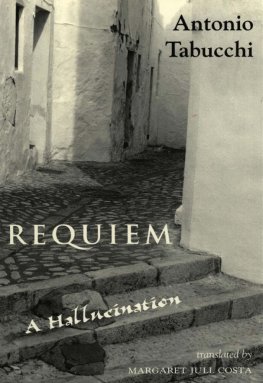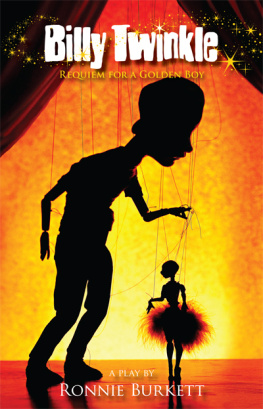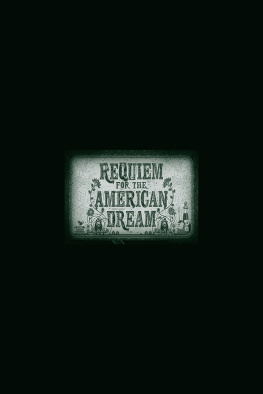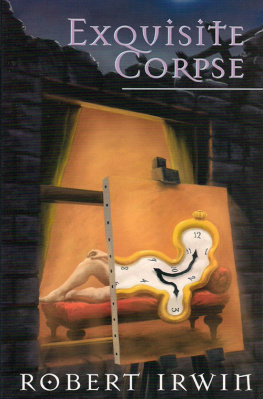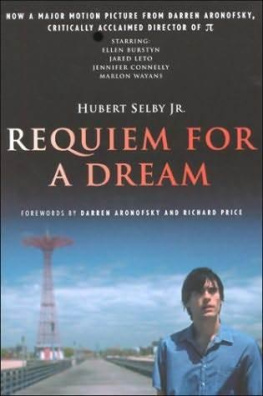"I'd rather be a busted lamp post on Battery Street, San Francisco, than the Waldorf-Astoria."Willie Britt.
The old San Francisco is dead. The gayest, lightest hearted, most pleasure loving city of the western continent, and in many ways the most interesting and romantic, is a horde of refugees living among ruins. It may rebuild; it probably will; but those who have known that peculiar city by the Golden Gate, have caught its flavor of the Arabian Nights, feel that it can never be the same. It is as though a pretty, frivolous woman had passed through a great tragedy. She survives, but she is sobered and different. If it rises out of the ashes it must be a modern city, much like other cities and without its old atmosphere.
San Francisco lay on a series of hills and the lowlands between. These hills are really the end of the Coast Range of mountains, which stretch southward between the interior valleys and the Pacific Ocean. Behind it is the ocean; but the greater part of the town fronts on two sides on San Francisco Bay, a body of water always tinged with gold from the great washings of the mountain, usually overhung with a haze, and of magnificent color changes. Across the bay to the north lies Mount Tamalpais, about 3,000 feet high, and so close that ferries from the waterfront take one in less than half an hour to the little towns of Sausalito and Belvidere, at its foot.
Tamalpais is a wooded mountain, with ample slopes, and from it on the north stretch away ridges of forest land, the outposts of the great Northern woods of Sequoia sempervirens. This mountain and the mountainous country to the south bring the real forest closer to San Francisco than to any other American city. Within the last few years men have killed deer on the slopes of Tamalpais and looked down to see the cable cars crawling up the hills of San Francisco to the south. In the suburbs coyotes still stole in and robbed hen roosts by night. The people lived much out of doors. There is no time of the year, except a short part of the rainy season, when the weather keeps one from the fields. The slopes of Tamalpais are crowded with little villas dotted through the woods, and these minor estates run far up into the redwood country. The deep coves of Belvidere, sheltered by the wind from Tamalpais, held a colony of "arks" or houseboats, where people lived in the rather disagreeable summer months, coming over to business every day by ferry. Everything there invites out of doors.
The climate of California is peculiar; it is hard to give an impression of it. In the region about San Francisco, all the forces of nature work on their own laws. There is no thunder and lightning; there is no snow, except a flurry once in five or six years; there are perhaps half a dozen nights in the winter when the thermometer drops low enough so that in the morning there is a little film of ice on exposed water. Neither is there any hot weather. Yet most Easterners remaining in San Francisco for a few days remember that they were always chilly.
For the Gate is a big funnel, drawing in the winds and the mists which cool off the great, hot interior valleys of the San Joaquin and Sacramento. So the west wind blows steadily ten months of the year; and almost all the mornings are foggy. This keeps the temperature steady at about 55 degreesa little cool for the comfort of an unacclimated person, especially indoors. Californians, used to it, hardly ever think of making fires in their houses except in a few days of the winter season, and then they rely mainly upon fireplaces. This is like the custom of the Venetians and the Florentines.
Give an Easterner six months of it, however, and he, too, learns to exist without chill in a steady temperature a little lower than that to which he was accustomed at home. After that one goes about with perfect indifference to the temperature. Summer and winter, San Francisco women wear light tailor-made clothes, and men wear the same fall-weight suits all the year around. There is no such thing as a change of clothing for the seasons. And after becoming acclimated these people find it hard to bear the changes from hot to cold in the normal regions of the earth. Perhaps once in two or three years there comes a day when there is no fog, no wind, and a high temperature in the coast district. Then follows hot weather, perhaps up in the eighties, and Californians grumble, swelter and rustle for summer clothes. These rare hot days are the only times when one sees women in light dresses on the streets of San Francisco.
Along in early May the rains cease. At that time everything is green and bright, and the great golden poppies, as large as the saucer of an after-dinner coffee cup, are blossoming everywhere. Tamalpais is green to its top; everything is washed and bright. By late May a yellow tinge is creeping over the hills. This is followed by a golden June and a brown July and August. The hills are burned and dry. The fog comes in heavily, too; and normally this is the most disagreeable season of the year. September brings a day or two of gentle rain; and then a change, as sweet and mysterious as the breaking of spring in the East, passes over the hills. The green grows through the brown and the flowers begin to come out.
As a matter of fact, the unpleasantness of summer is modified by the certainty that one can go anywhere without fear of rain. And in all the coast mountains, especially the seaward slopes, the dews and the shelter of the giant underbrush hold the water, so that these areas are green and pleasant all summer.
In a normal year the rains begin to fall heavily in November; there will be three or four days of steady downpour and then a clear and green week. December is also likely to be rainy; and in this month people enjoy the sensation of gathering for Christmas the mistletoe which grows profusely on the live oaks, while the poppies are beginning to blossom at their feet. By the end of January the gentle rains come lighter. In the long spaces between these winter storms, there is a temperature and a feeling in the air much like that of Indian summer in the East. January is the month when the roses are at their brightest.
So much for the strange climate, which invites out of doors and which has played its part in making the character of the people. The externals of the city areor were, for they are no morejust as curious. One usually entered San Francisco by way of the Bay. Across its yellow flood, covered with the fleets from the strange seas of the Pacific, San Francisco presented itself in a hill panorama. Probably no other city of the world, excepting perhaps Naples, could be so viewed at first sight. It rose above the passenger, as he reached dockage, in a succession of hill terraces. At one side was Telegraph Hill, the end of the peninsula, a height so abrupt that it had a one hundred and fifty foot sheer cliff on its seaward frontage. Further along lay Nob Hill, crowned with the Mark Hopkins mansion, which had the effect of a citadel, and in later years by the great, white Fairmount. Further along was Russian Hill, the highest point. Below was the business district, whose low site caused all the trouble.
Except for the modern buildings, the fruit of the last ten years, the town presented at first sight a disreputable appearance. Most of the buildings were low and of wood. In the middle period of the '70's, when, a great part of San Francisco was building, the newly-rich perpetrated some atrocious architecture. In that time, too every one put bow windows on his house to catch all of the morning sunlight that was coming through the fog; and those little houses, with bow windows and fancy work all down their fronts, were characteristic of the middle class residence districts.




